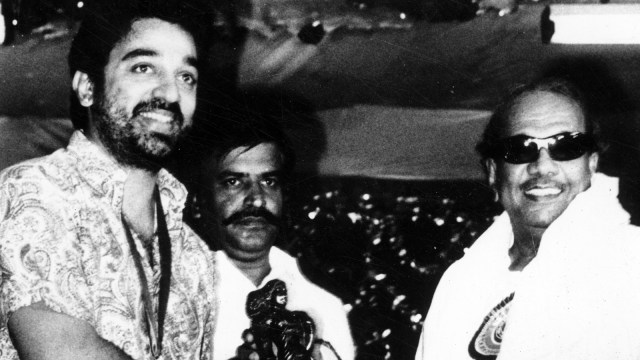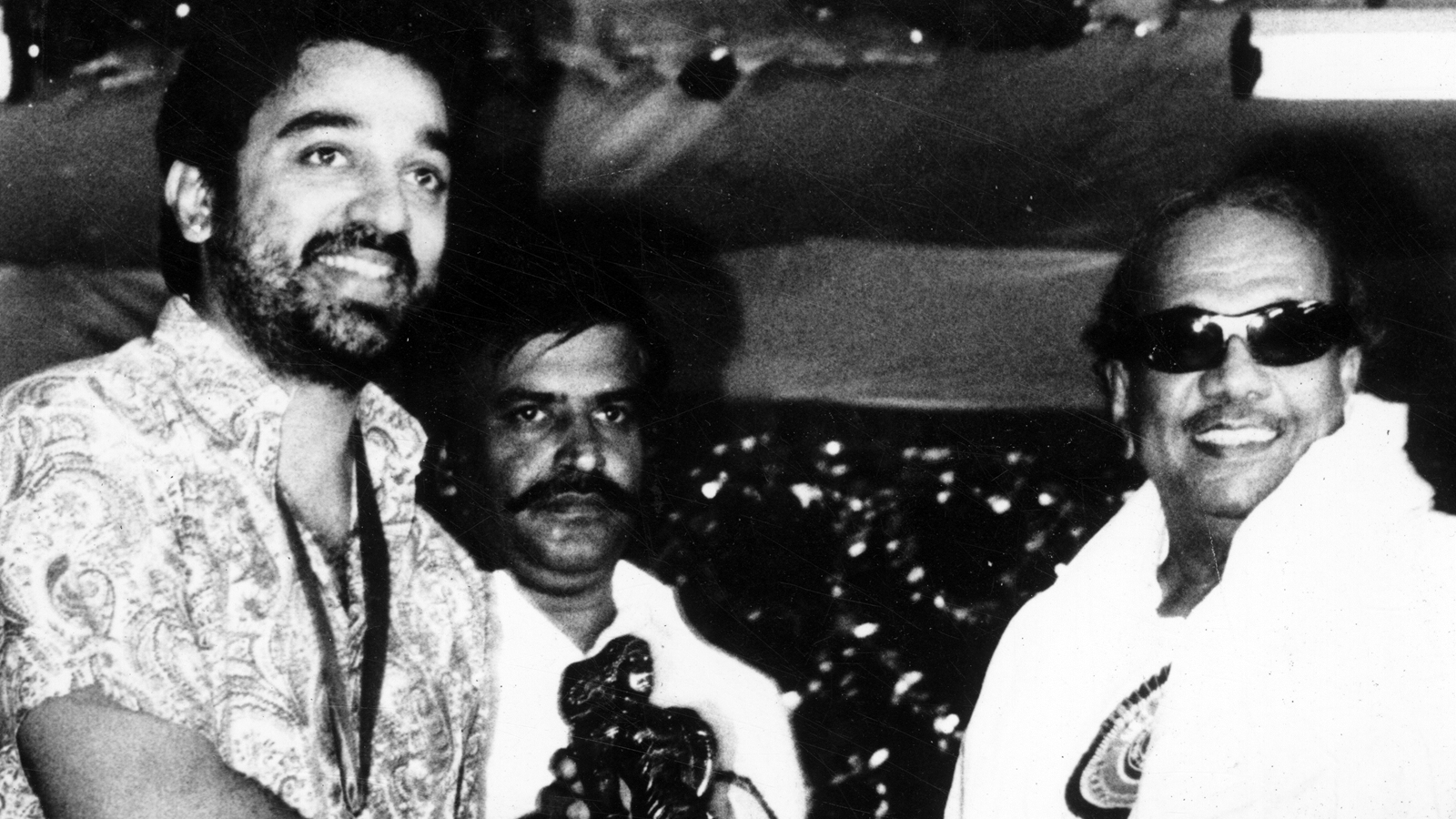
Addressing a session titled ‘Literary and Linguistic Ethos in Dravidian Politics’ at an art and literature festival organised by the Malayala Manorama in Kozhikode, Kerala, Udhayanidhi Stalin, Tamil Nadu’s Deputy Chief Minister, highlighted the importance of preserving regional languages. He underlined the strong presence of regional cinema in the southern states and their role in preserving the linguistic identities of these states. He drew a contrast with the northern states, where Hindi cinema dominates and which do not have a flourishing regional cinema of their own.
It is indeed true that a state’s politics is intrinsically intertwined with its culture, which is, in turn, rooted in the language of its art and literature. Before the Dravidian movement in the early 20th century, the Tamil language, as widely used in cultural productions, remained highly Sanskritised. The infusion of Hindu mythology was heavy in popular art forms, a result of the domination of Brahmins and other upper castes in these spaces. However, when the Dravidian movement gained foothold, it had a democratising influence on the literature and cinema produced in the state.
While earlier films like Kalidas (1931) and Haridas (1944) were derived from Hindu scriptures, as the influence of the Dravidian movement grew, cinema also began documenting the lives of the working classes in films like Velaikari (1949) or even questioned Hindu religious practices, such as in the iconic Parasakthi (1952). These films reflected the lives and struggles of the Tamil masses and played a key role in spreading Dravidian ideology, eventually culminating in the Dravida Munnetra Kazhagam (DMK) capturing power in 1967.
This triangular linkage of language, culture and politics is evident even today in Tamil Nadu. The explosion of Tamil Dalit literature from the 1990s and 2000s onwards brought out the works of writers like Bama, Raj Gauthaman, Imayam, Poomani, Sukirtharani and others. Within a decade or two, the influence of their writing began to be seen in Tamil cinema. From the early 2010s, filmmakers like Pa Ranjith, Mari Selvaraj, Vetrimaaran and others have borrowed from Dalit literature to tell stories of the oppressed in the more popular mass medium.
The influence of these anti-caste works is increasingly reflected in the public and political space too. Thol Thirumavalavan’s Viduthalai Chiruthaigal Katchi (VCK) started out as a social organisation in 1982, contesting its first election in 1999. Today, the party has become synonymous with anti-caste and anti-Hindutva politics in the state, its influence not limited by the fact that it has only 4 MLA and 2 MP seats.
That a strong presence in localised and regional culture eventually reflects on the state’s politics is an undeniable pattern. And Tamil Nadu is testimony to it. A variation of this can be witnessed in the other southern states that have their own regional cinema too.
Contrast this with the northern states, where the domination of Hindi leaves little room for other languages to flourish in art and culture. Bollywood, which produces cinema in Mumbai, hardly ever tells the story of Mumbaikars or Maharashtrians. Instead, it imagines itself in a fantastical Indian state, telling stories about NRI lives or border conflict, terrorism, police or sports stories that play to a more “nationalist” sentiment. These stories aren’t rooted in any particular landscape and exist only in imagination. Is it a coincidence that a national party like the Bharatiya Janata Party has gained the strongest foothold in these states?
This, of course, does not mean that the presence of regional cinema translates into an automatic resistance to the influence of national parties or Hindutva politics. But it is certainly a credible indication of a thriving regional culture — where linguistic identities are preserved and art forms flourish. This, then, directly reflects in the political space, too — something that the southern states have effectively demonstrated to the nation.
The writer is a Chennai-based filmmaker



